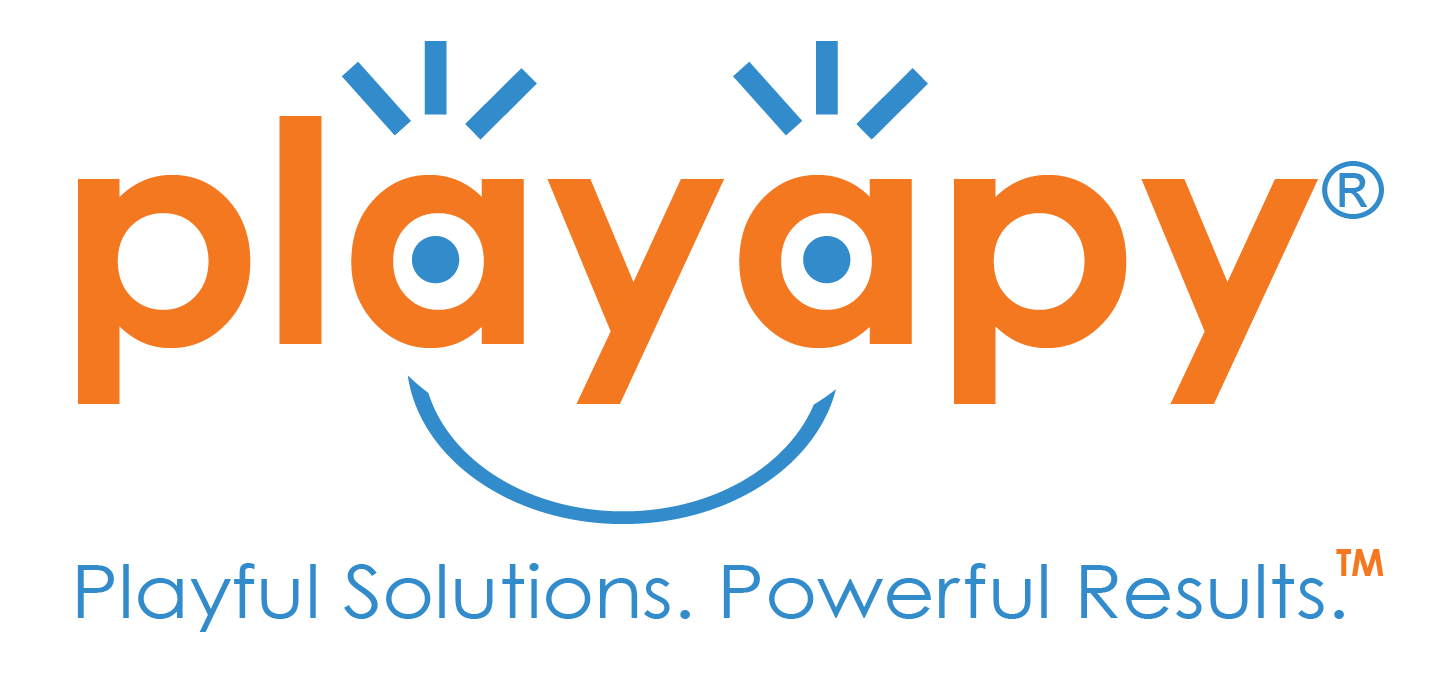
11 May Writing Capital Letters 1st is Key
Learning to write is a milestone in the childhood experience of almost all typically developing children. Still, it is achieved with great effort and struggle for many. Countless products sold in stores often complicate the task for parents by combining uppercase and lowercase letters and encouraging the printing of 112 letters in an alphabetical yet developmentally arbitrary fashion. This can be overwhelming for a small child, decrease their confidence, and create poor habits. Hence, specialists often teach uppercase letters prior to introducing lowercase. It may seem counter-intuitive to learn capitals first when mostly lowercase letters are used in writing. There, however, are several important reasons why this particular method is beneficial to a child in terms of ease and comprehension.
Why Learn to Write Capital Letters 1st
1. All uppercase letters start at the top. Lowercase letters vary and have different starting points.
2. All uppercase letters are the same height. Lowercase letters vary and have different heights with some tall and some short.
3. All uppercase letters use the same space. Lowercase letters vary with some letters ascending to the top line and some descending below the base line.
4. Uppercase letters are easier to recognize. Children have more exposure to capital letters in their environments on street signs, billboards, buildings, etc.
5. Uppercase letters encourage top to bottom and left to right eye and hand coordination fundamental for reading in addition to writing.
Handwriting Help
It is also important to note it is not necessary to learn to write letters in alphabetical order. Many handwriting programs are available with instructions to teach letters in groups according to how they are formed or in developmental stages. This helps a child to practice similar letters together and quickly become more successful. Remember to consider if a child has the foundational skills of copying and connecting simple lines to form basic shapes before teaching letters. If your child is struggling with handwriting, consult with your doctor about seeing an occupational therapist for an evaluation or consultation.
I hope you find this tip helpful. Have a playful day!
Amy Baez, MOT, OTR/L
Amy Baez is a pediatric occupational therapist,award-winning handwriting author, and Founder of Playapy. For more information about Playapy’s publications, visit www.playapy.com or email [email protected].
